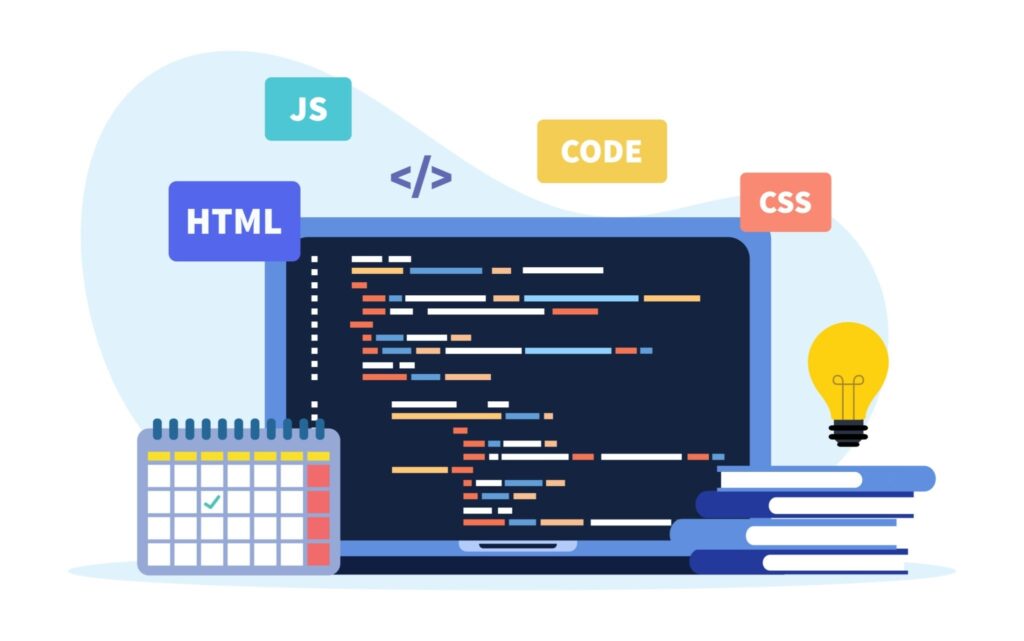Introduction
In today’s digital age, your website is often the first point of contact between your business and potential customers. A well-designed website not only attracts visitors but also converts them into loyal customers. However, as technology and design trends evolve, regular website redesigns become necessary to stay competitive. In this blog post, we’ll discuss effective website redesign strategies and how to avoid costly mistakes in the process.
1. Start with Clear Goals and Objectives
Before diving into a website redesign project, it’s essential to establish clear goals and objectives. Ask yourself and your team what you want to achieve with the redesign. Common objectives may include:
• Increasing website traffic
• Improving user experience (UX)
• Boosting conversion rates
• Enhancing mobile responsiveness
• Rebranding for a fresh look and feel
Having well-defined goals will guide the entire redesign process and help you measure its success.
2. Understand Your Audience
One of the most costly mistakes in website redesign is neglecting to consider your target audience. Your website should cater to the needs, preferences, and behaviors of your audience. Conduct thorough user research and gather data on user demographics, behavior, and preferences. This information will inform design decisions, content creation, and user experience enhancements.
3. Perform a Content Audit
Content is a vital part of your website, and it should be reviewed and refined during a redesign. Start by conducting a content audit to identify outdated, irrelevant, or redundant content. Remove or update obsolete information and ensure that the remaining content aligns with your objectives and audience.
Consider incorporating fresh, high-quality content that resonates with your audience and supports your SEO efforts. A well-structured content strategy is key to keeping visitors engaged and informed.

4. Prioritize Mobile Responsiveness
With the increasing use of smartphones and tablets, ensuring that your website is mobile-responsive is non-negotiable. Google’s search algorithms also prioritize mobile-friendly websites. A website that looks and functions seamlessly on various devices not only improves user experience but also enhances your SEO ranking.
When redesigning your website, adopt a mobile-first approach. Test the site’s functionality on different devices and screen sizes to ensure a consistent and user-friendly experience.
5. Maintain SEO Best Practices
Website redesigns often involve changes to the site’s structure, content, and design. If not handled correctly, these changes can negatively impact your SEO rankings and organic traffic. To avoid this costly mistake, follow these SEO best practices during a redesign:
• Implement 301 redirects to preserve old page authority.
• Update meta tags, headings, and alt attributes for images.
• Ensure that your sitemap and robots.txt files are up to date.
• Test page load speed and optimize images and code for performance.
• Submit an updated XML sitemap to search engines.
Collaborate with an SEO expert or agency to ensure a smooth transition without harming your search engine rankings.
6. Test, Test, Test
Before launching your redesigned website, thorough testing is essential to identify and rectify any issues. Test all aspects, including functionality, usability, performance, and compatibility with various browsers and devices. Pay close attention to:
• Broken links and missing images
• Navigation and user flow
• Contact forms and interactive elements
• Load times and page speed
• Mobile responsiveness
User testing can provide valuable feedback on the overall user experience. Encourage a select group of users to navigate your website and provide their insights and suggestions.
7. Plan for Post-Launch Maintenance
Once your redesigned website is live, the work doesn’t stop. Regular maintenance and updates are crucial to keep your site secure, functional, and relevant. Develop a post-launch maintenance plan that includes tasks like:
• Regular content updates
• Security monitoring and updates
• Backup procedures
• Performance optimization
• Continuous SEO efforts
Additionally, monitor key performance indicators (KPIs) to ensure that your website meets its objectives. Analyze user behavior, conversion rates, and other relevant metrics to identify areas for improvement.
Conclusion
Website redesigns are significant undertakings that can have a substantial impact on your business’s online presence and success. To avoid costly mistakes during the process, start with clear goals, understand your audience, and prioritize mobile responsiveness. Perform a content audit, maintain SEO best practices, and conduct thorough testing before and after the launch. Lastly, plan for ongoing post-launch maintenance to keep your website performing at its best. By following these guidelines, you’ll not only save costs but also ensure that your website remains a powerful tool for engaging with your audience and achieving your business objectives.





